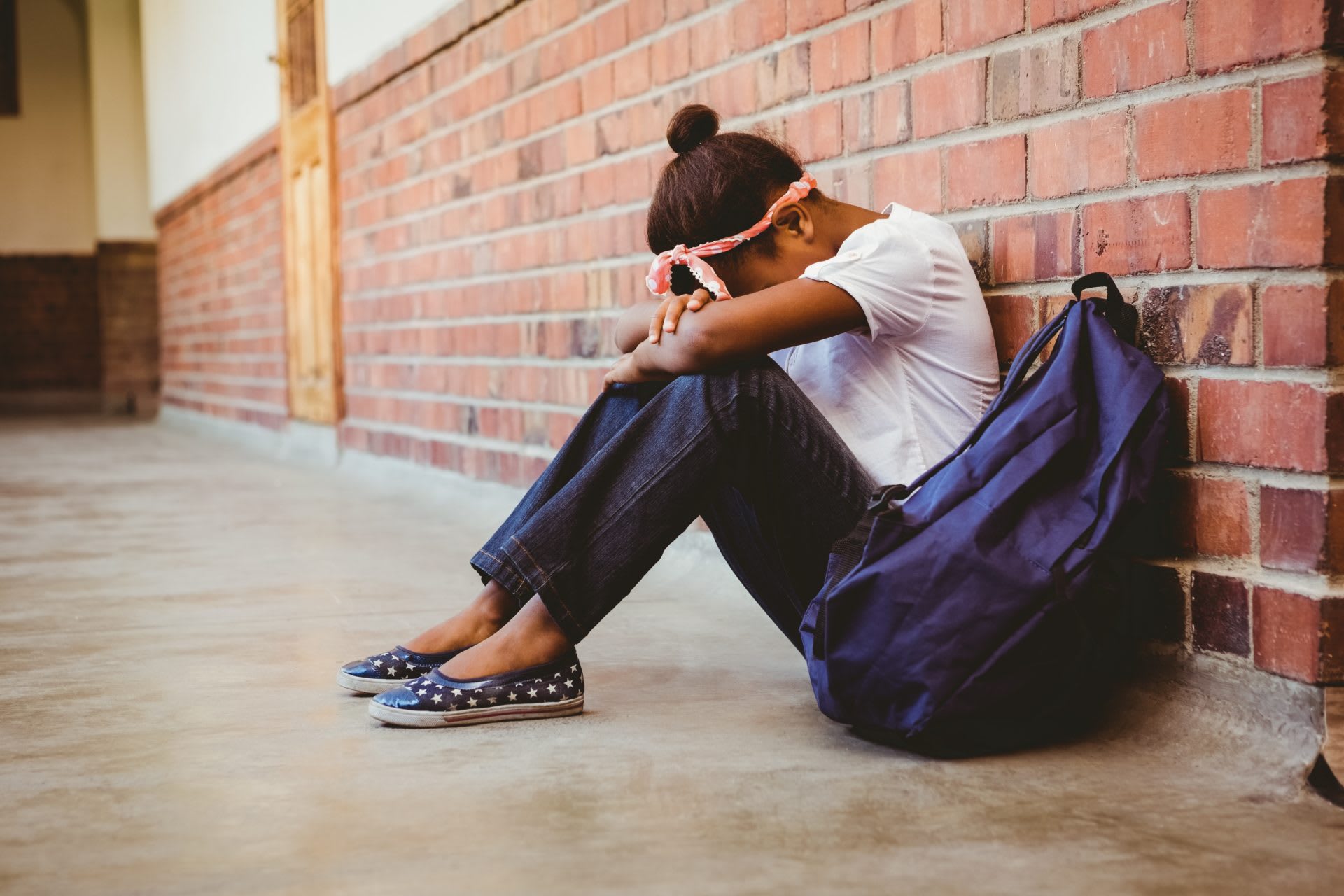Decision Making – Our Role as Teachers
According to Tara Brown “The Connection Coach,” teachers make an average of 3,500 decisions per day. As a former teacher, I’d argue we make significantly more than that. This especially goes for teachers working with students who are struggling personally. Offering emotional encouragement, as well as student coping strategies, is necessary, as students often look to us for support.
In the beginning of my first year, I tried to tell my students to leave everything at the door and come in ready to learn. One of the decisions I made was to stop saying that to my students, as I quickly found out it wasn’t realistic when dealing with students, regardless of grade. Students have emotions, and some are dealing with very difficult situations, whether that’s at home, in school, or somewhere else. I can’t begin to tell you how many times I looked to our school guidance counselor, or Google for that matter, for supportive student coping strategies.
Modern Pressure
If a teacher makes about 3,500 decisions per day, how many decisions does a student make? What about outside of school? As I chatted with the multitude of teachers I see throughout the school year, there was one common thought all of us shared – there has been an exponential growth in the number of distractions students are dealing with. But as an educator, what can we do? What is our role?
Offering Support – It Has to Come from You
I finally realized I couldn’t keep going to other people to help my students in the classroom. We had built a rapport with each other; they trusted me. Not to mention, how many times a day does a student throw us a curveball to which we have no idea how to respond? So often.
I made the decision to learn more about ways to help my students cope with the difficult events in their life that impacted them in the classroom. One of the tools I found was EVERFI, which has social emotional and health and wellness learning courses for students.
12 Quick Tips
Another resource I found consisted of 12 quick tips for offering support. I kept this as an outline on my desk to remind myself why quick decision making isn’t always the best.
- Start fresh. – Every day is a new day. Give students a chance to have those changing emotions, and make sure your classroom encourages that space
- Draw on past experiences with students, but don’t necessarily rely on them. – Sometimes it is useful to know about interactions other teachers have had with your students. Remember, though, that students don’t act the same with everyone.
- Put yourself in the right frame of mind. – Give students support that will help them in their situation without jeopardizing your own values.
- Expect some disorganization and forgetfulness.
- Reduce classroom stress. – Provide students the opportunity to correct.
- Look into evidence-based programs that support social and emotional learning.
- Find the good and praise it. – Students need encouragement in the classroom, especially if this is the only place where they are emotionally supported.
- Be familiar with options for accommodation. – 504s and IEP plans are in place with intention and can help you make decisions on how to respond in certain situations
- Avoid embarrassment.
- Exercise compassion.
- Work with parents. – If there are parents with whom you have a good rapport, let them know your concerns and share what keeps students most safe.
- Make time to take care of yourself. – Self-care is important for your own mental/emotional/social well-being, and you deserve it!
 Kassie is currently the Schools Manager for Albany and Syracuse and started with EVERFI in 2017. As a former 2nd and 5th grade teacher, she lead her schools’ OLWEUS anti-bullying campaigns where she saw the need for social-emotional learning support. She received her Masters in Peace Operations from George Mason University in Washington, DC and attended Hartwick College for her Bachelors’ degrees in Political Science and History.
Kassie is currently the Schools Manager for Albany and Syracuse and started with EVERFI in 2017. As a former 2nd and 5th grade teacher, she lead her schools’ OLWEUS anti-bullying campaigns where she saw the need for social-emotional learning support. She received her Masters in Peace Operations from George Mason University in Washington, DC and attended Hartwick College for her Bachelors’ degrees in Political Science and History.
